Skanska Inks Lease at Sustainable Houston Tower
A law firm will occupy space at the Class A office building starting next year.
Skanska has signed a 13-year lease agreement with law firm Hicks Johnson PLLC for 21,000 square feet at 1550 on the Green, a 28-story, Class A trophy tower. Considered one of Houston’s greenest office buildings, the 375,000-square-foot downtown property is nearly 54 percent leased less than six months after its unveiling, a testament to the market’s demand for premium space.
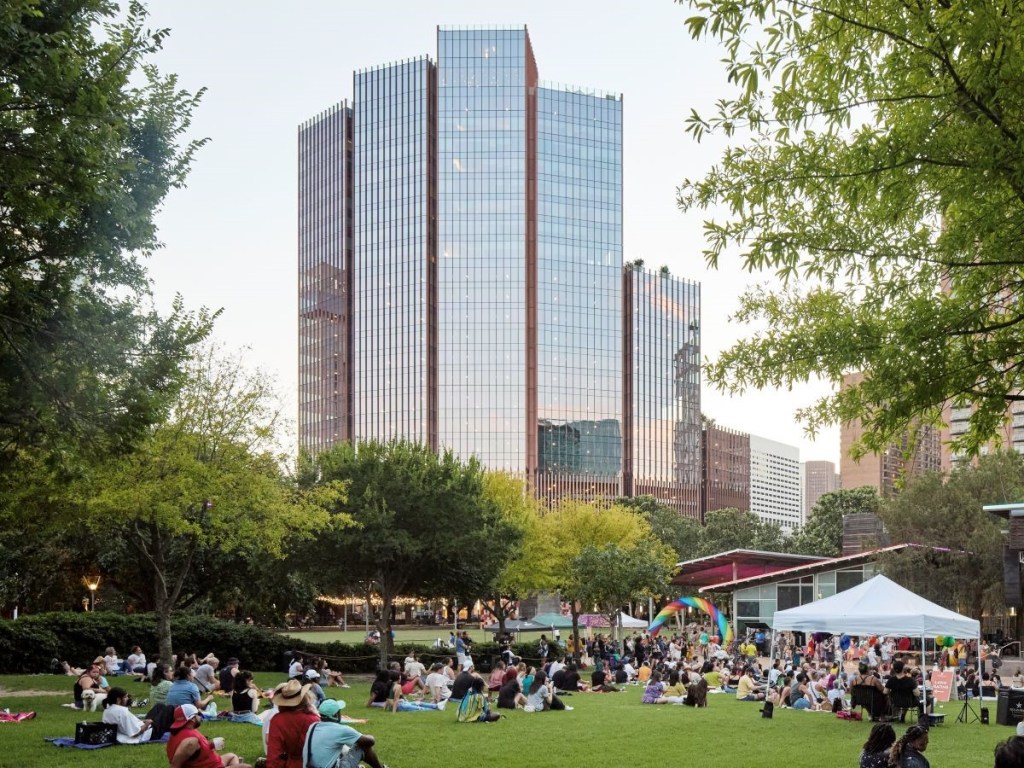
Hicks Johnson will begin occupancy in late 2025. It joins tenants including the building’s anchor, international law firm Norton Rose Fulbright, which began moving this summer, as well as global management consulting firm Boston Consulting Group, which is slated to take occupancy during the fourth quarter of 2025.
Located at 1550 Lamar St., 1550 on the Green features efficient floorplates, abundant natural light, a dedicated building concierge and visitor management system.
It has earned recognition as one of Houston’s most sustainable and healthiest office buildings. 1550 on the Green has achieved LEED Platinum V4, and is pursuing WELL Platinum, WiredScore Platinum and Fitwel certifications.
READ ALSO: Greater Houston’s Office Market Slowly Recovers
Senior Director of Originations at Nuveen Green Capital Sean Ribble told Commercial Property Executive the demand for greener buildings is not only about improving their environmental footprint, but also increasing their marketability and value, making them more attractive to tenants and investors.
“Integrating sustainable measures helps companies reduce operating costs while meeting regulatory standards,” Ribble said. “Additionally, attractive financing mechanisms like C-PACE have become more widely available to make greener, more sustainable buildings—which were once more cost-prohibitive—much more cost-effective.”
Sustainability goals drive site selection
Brenden McEneaney, senior vice president of sustainability client solutions at JLL, told CPE he sees increased demand for green space. However, the demand signal can be complex to discern against larger macro factors like interest rates and remote work.
“We still see evidence of a green premium for certified green space,” McEneaney stated. “However, we also see an increased emphasis on low-carbon performance specifically. JLL’s Green Tipping Point research forecasts a large, impending supply-demand imbalance. There is not enough available low-carbon space to meet the demands of corporate tenants who have made net zero-carbon corporate commitments.”
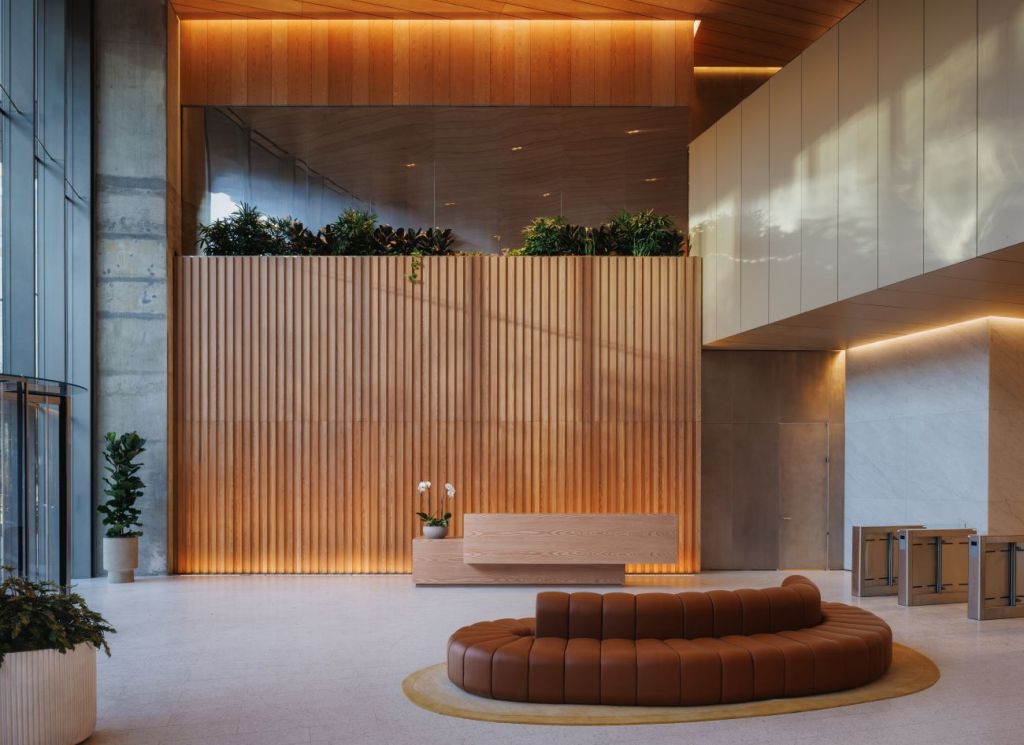
He also said that large organizations have increased interest in green leasing and site selection to align their space needs with sustainability goals.
According to McEneaney, this demand exists in the context of rapidly increasing energy and carbon emissions regulations, often with potential fines. “Increasing regulations, accelerating corporate commitments and additional requirements from capital partners on carbon performance—all these factors mean that sustainability, specifically carbon performance, will increasingly impact real estate values and demand,” McEneaney said.
Flight-to-quality trending
Michael Webb, counsel at Farrell Fritz P.C., said: “The success of 1550 on the Green may be illustrative of a larger national trend dubbed the ‘flight-to-quality.’”
“Since early 2022, the tristate region’s commercial office market has been driven by companies seeking, relocating to, and concentrating within metropolitan areas. These areas offer so-called Class A buildings with ‘green’ or LEED certifications, access to prime locations and transit, coupled with high-end, on-site amenities.”
He added that in a post-pandemic setting, companies seek spaces and environments that align with and reflect their ESG goals, support overall health and well-being initiatives. This new work environment encourages and incentivizes employees to engage in in-person collaboration.
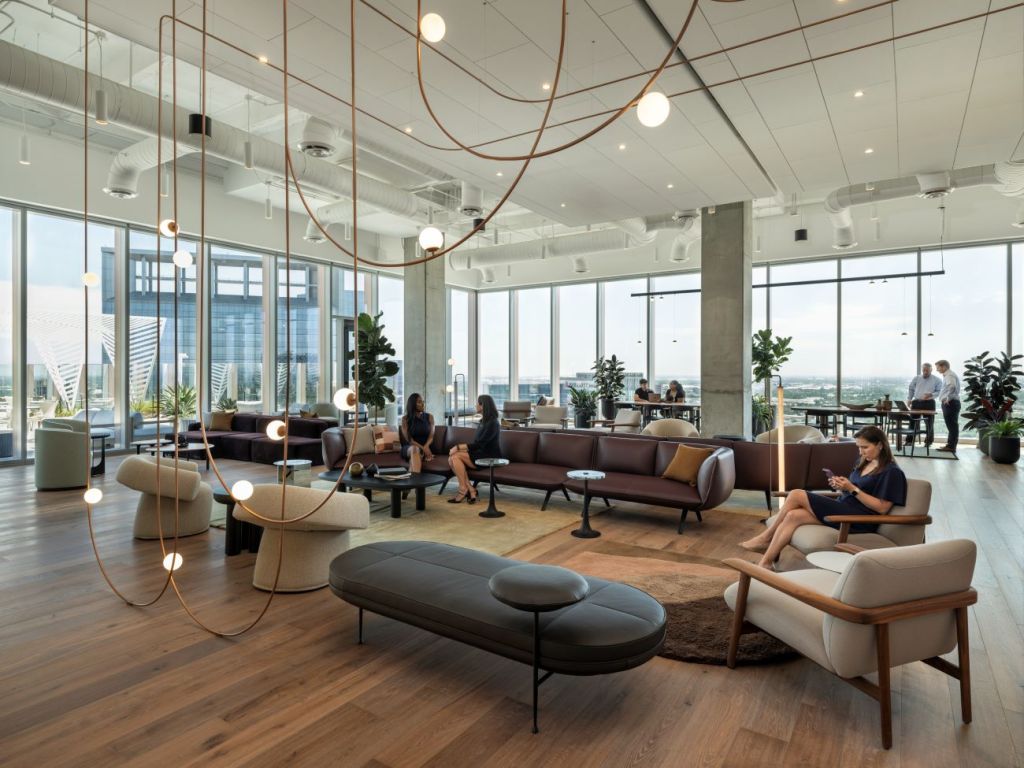
Webb said the demand for green office space may be impacted by recent laws and regulations requiring building owners and operators to reduce emissions.
For example, Local Law 97 in New York targets the city’s largest buildings and requires owners to reduce their building emissions by specific dates or face monetary fines and penalties. In New York City, the expectation is that non-compliant buildings will become less favorable and desirable assets, Webb said.
Skanska used its Embodied Carbon in Construction Calculator, a tool for estimating and minimizing embodied carbon in building materials, to reduce climate emissions from materials used by approximately 45 percent on this project.
Wellness-focused amenities in demand
Engaging with tenants about sustainability and energy efficiency is becoming a key priority in the commercial real estate sector. This reflects a broader shift toward environmental responsibility and responds to the evolving expectations of investors and tenants. Strategies for effective tenant engagement can lead to more sustainable and energy-efficient buildings, offering mutual benefits for both tenants and property owners.
This guidance outlines practical steps for real estate managers to enhance property appeal and operational efficiency through collaborative efforts with tenants, focusing on shared sustainability and energy management goals.
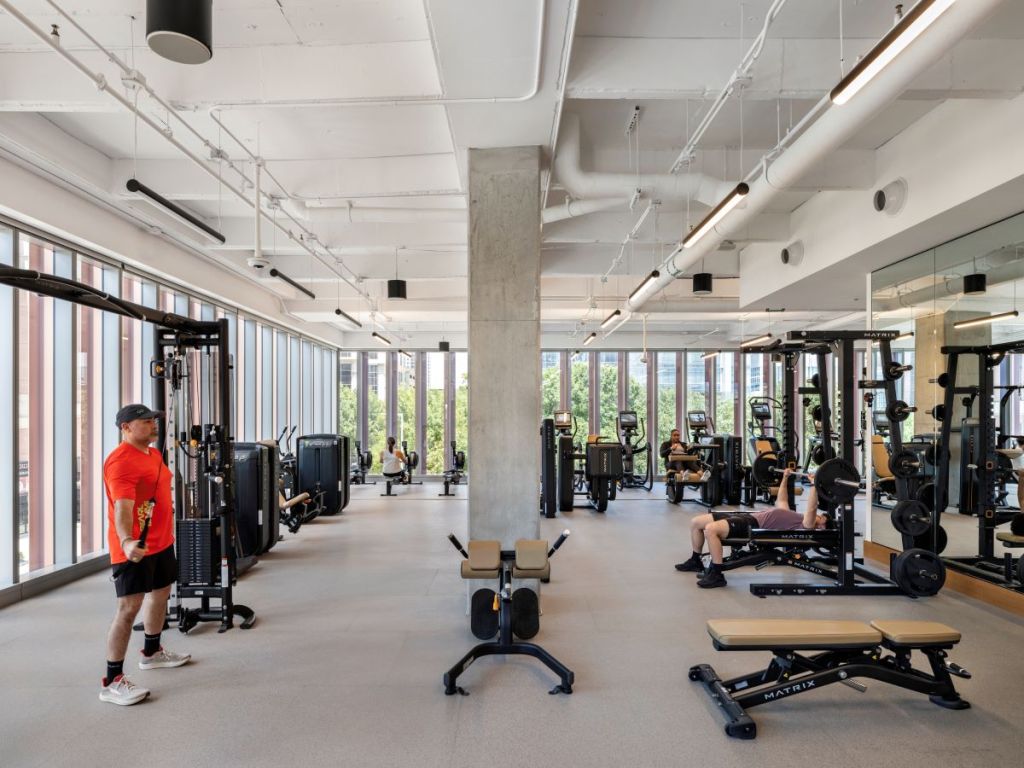
Skanska’s 1550 on the Green offers a fitness center, a 9,400-square-foot penthouse function and conference space as part of its amenities package, along with premium ground-floor food and beverage offerings.
Tere Blanca, founder, chairman & CEO of Blanca Commercial Real Estate stated that as companies prioritize sustainability and their employees’ well-being, she has seen a significant shift in the demand for office spaces that integrate eco-friendly design and wellness-focused amenities.
According to Blanca, office tenants today expect more than just a workspace—they seek environments that align with their values, including sustainability. Green buildings offer a forward-thinking workplace solution that reflects a company’s commitment to environmental responsibility while providing employees a healthy, vibrant atmosphere.

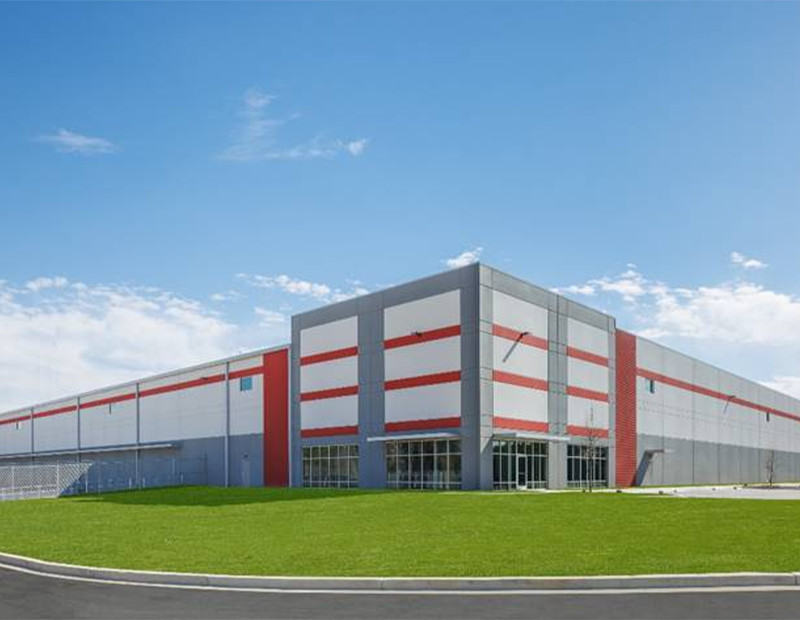
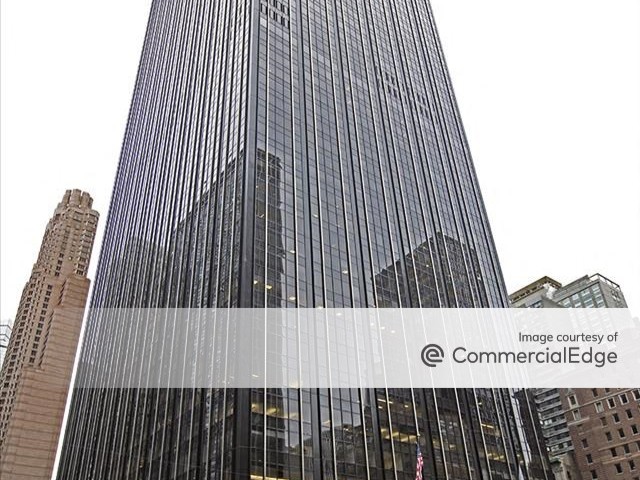
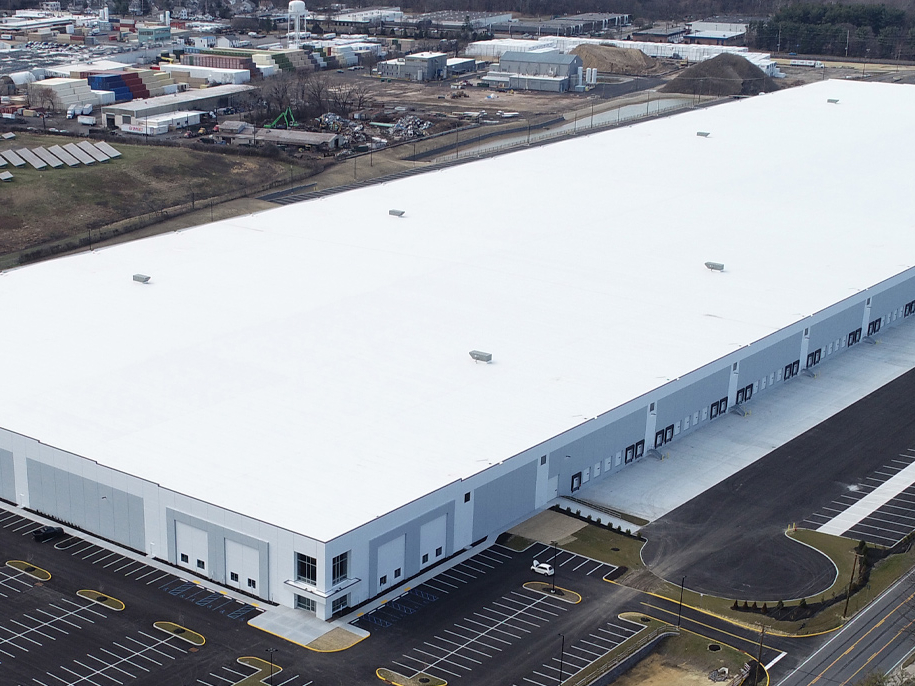
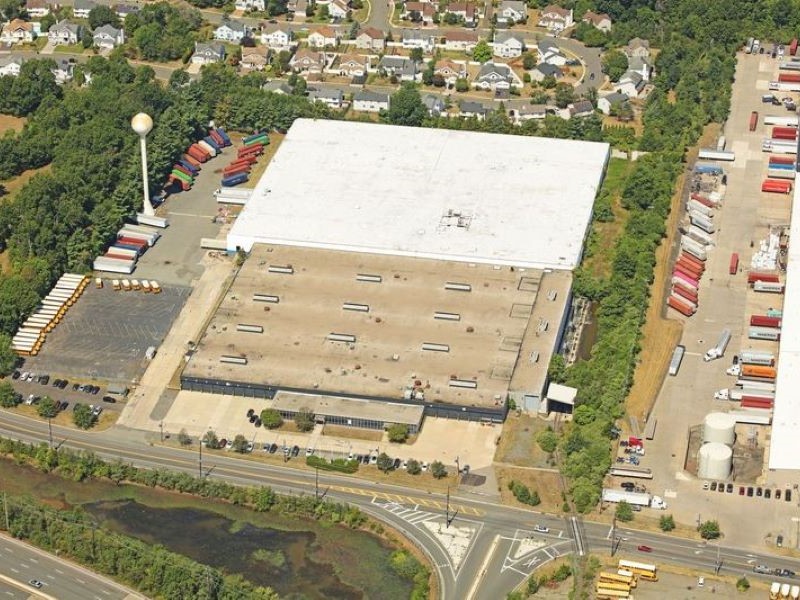

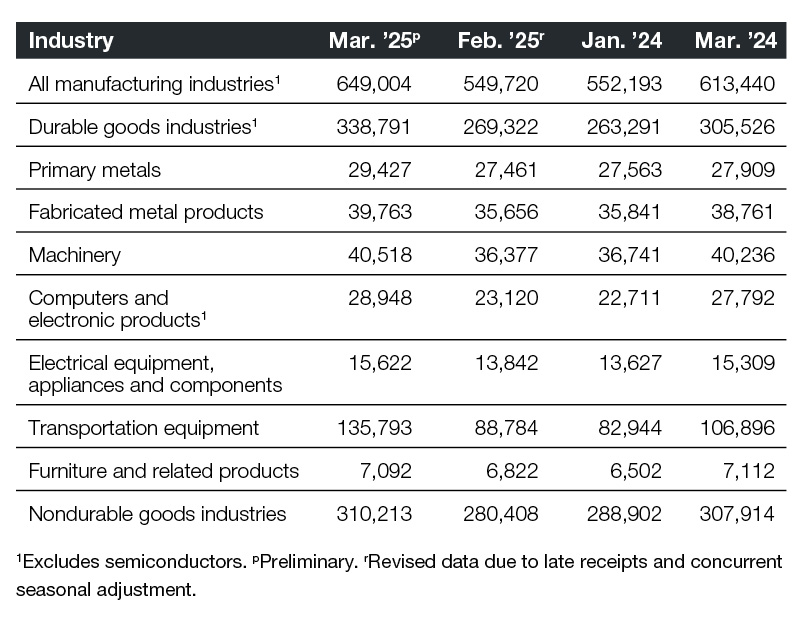
You must be logged in to post a comment.